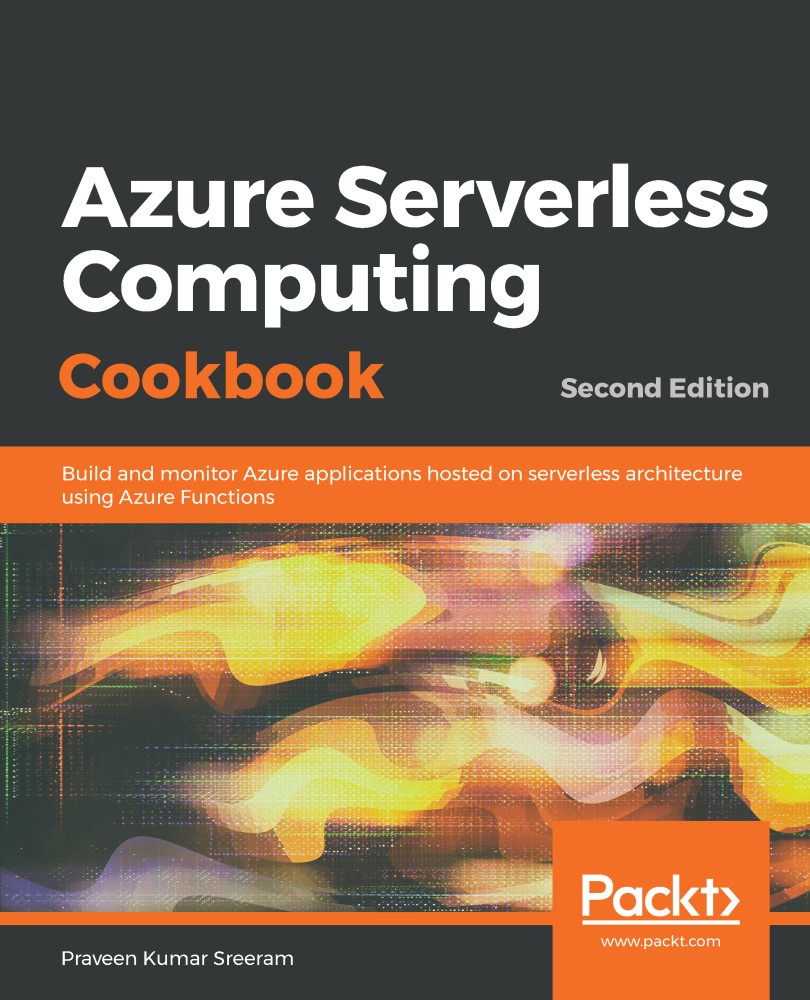Most of the business applications of automated emails are likely to involve sending emails containing notifications, alerts, and so on, to the end user. At times, users might complain that they haven't received any email, even though we don't see any error in the application while sending such notification alerts.
There might be multiple reasons why users might not have received the email. Each of the email service providers has different spam filters that might block the emails from the end user's inbox. But these emails might have some important information that the users might need. It makes sense to store the email content of all of the emails that are sent to the end users, so that we can retrieve the data at a later stage, for troubleshooting any unforeseen issues.
In this recipe, you will learn how to create...



